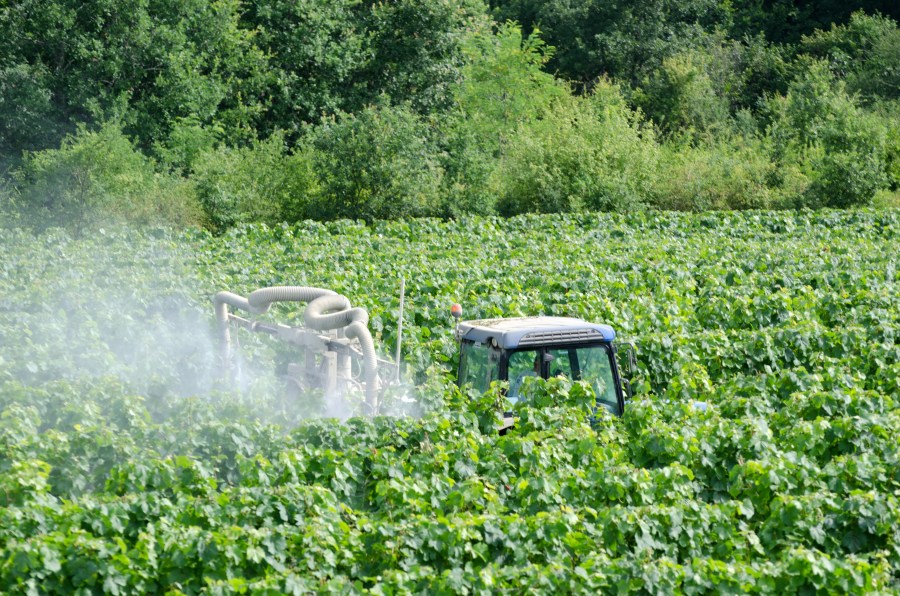Vines are unique and that’s why accounting systems for them need to reflect their nature too, says Lucy de Greeff of Saffery Champness
“As climate change is likely to increase the potential for wine production in the UK it is important to recognise that, from an accounting perspective, a number of key accounting points arise when accounting for vines,” said Lucy de Greeff, Director Saffery Champness and a member of the firm’s Land and Rural Practice Group.
A resumé of those main points is laid out below.
Vines are a biological asset
Vines are usually accounted for as ‘bearer plants’ which are a form of biological asset, living plants used in the production or supply of agricultural produce, and which are expected to bear produce for more than one period.
Initial recognition
Businesses usually recognise biological assets in their initial financial statements at cost, with the option to revalue on ‘maturity’, although that’s not technically defined. Given the time between a vine being planted and producing a full crop of fruit, some consider the first harvest as an appropriate point to measure ‘maturity’.
Costs associated with vines once recognised
Initial costs relating to the establishment of vines may be included within the value of either the biological asset or underlying land on initial recognition. Even if these costs do not in themselves lead to an increase in future economic benefits, they may be necessary to allow for future benefits to flow to the business.
Subsequent costs that are incurred but that do not directly lead to an increase in economic benefit, such as pruning, grubbing, and treating vines for mildew or mould are incurred as costs in the profit and loss account.
Depreciation
Bearer plants may be subject to a depreciation policy year on year as any other asset with a useful economic life. However, as grapevines may take several decades to reach full production capacity, the decision may be taken not to apply a depreciation charge prior to reaching this point.
Impairments
Impairments might be made following the impact of weather conditions (such as a hard frost) if weather is deemed to significantly affect the yield of a plant for the longer term. This therefore should be reflected in the financial statements.
Derecognition
Any remaining carrying value of a vine at the point of derecognition would depend on the circumstances. However, the most common points of derecognition would be either on disposal or when no future harvests are expected. Any gain or loss resulting from the derecognition of the plant would be included in the corresponding year’s profit and loss account.
The points above are based on the accounting treatment under FRS102 (the Financial Reporting Standard applicable in the UK and Republic of Ireland). Other accounting standards such as IFRS may provide slightly different outcomes. Also, there are tax considerations to keep in mind at different points along the vine lifecycle, including income tax and capital allowances.
Lucy de Greeff said: “The accounting nuances in this area are complex and anyone moving into viticulture should get advice in the early stages of the commencement of a business to ensure that the accounting treatment is considered and recorded correctly from the outset.”




